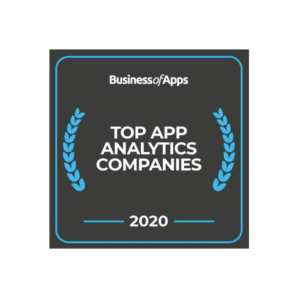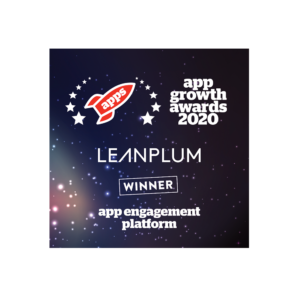App User Segmentation
Interested in Leanplum?
What is app user segmentation?
App user segmentation is a group of app users that fit a set of criteria. This could take the form of demographic information, like users ages 18-21 who live in San Francisco. Or in-app behavior, like users who added an item to their shopping cart without checking out.
App user segmentation is critical for developing personalized campaigns that target the right users with the right experience.
How does app user segmentation work?
The first step to app user segmentation is to gather data on your audience. While it may seem obvious to segment users by demographic, Leanplum recommends segmenting users based on multiple traits. These include demographics, in-app behaviors, lifecycle stage, localization, or technology. This will help you understand how different segments interact with your app and use that data to create more personalized, targeted campaigns.
Once there’s enough data, marketers can create campaigns based on this data. For example, users in North America may be more likely to respond to promotional push notifications sent at 7 pm, while users in Asia-Pacific may respond at 11 am. With those learnings, you can reach users in different regions at the times they prefer to engage. This may take some A/B testing trial and error, but in the long-term can lead to increased conversion and retention rates.
Who does app user segmentation benefit?
The answer: Everyone!
App user segmentation presents marketers with an opportunity to learn more about their customers. That data can automate personalized messaging across channels, such as emails, in-app messages, and push notifications.
As Last Minute Travel revealed, “In our industry, personalization is paramount to users. Leanplum gives us the insights we need to launch, analyze, and scale campaigns for millions of users. The data that Leanplum gathers to engage and optimize is a game-changer, and demonstrates how mobile marketing automation maximizes ROI.”
On the other side of the equation, automated, personalized campaigns present a more relevant app experience for customers. When they receive messages that add value — like well-timed promotions that they may not otherwise have discovered — your app stays top of mind.
What does app user segmentation mean for marketers?
App user segmentation is about so much more than just increasing engagement.
For example, mobile teams looking to re-engage users at risk of churning can create segments based upon the dormant users who haven’t opened the app in 30 days. Then, they can send targeted campaigns that recommend content similar to what those users have historically browsed. App user segmentation is also crucial for establishing customer loyalty. Marketers could take a set of highly engaged users and time an in-app message that asks them to leave a review in the app store. This ensures the majority of reviews come from engaged, happy users.
A well-planned app user segmentation experiment can increase conversions and retention. Yet, marketers should ensure they re-test their data at regular intervals. By continually testing, marketers will gain a better understanding of their users.






